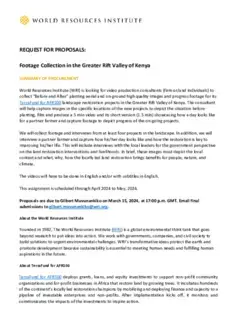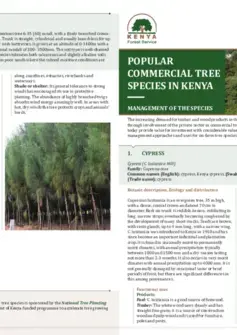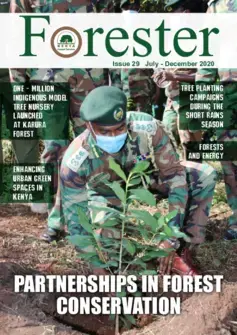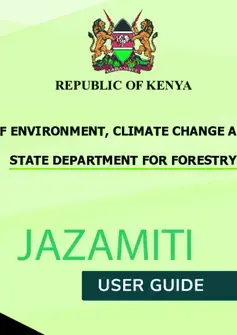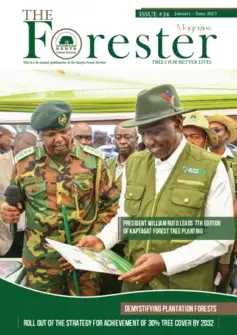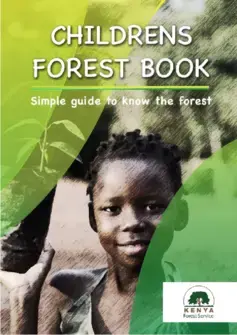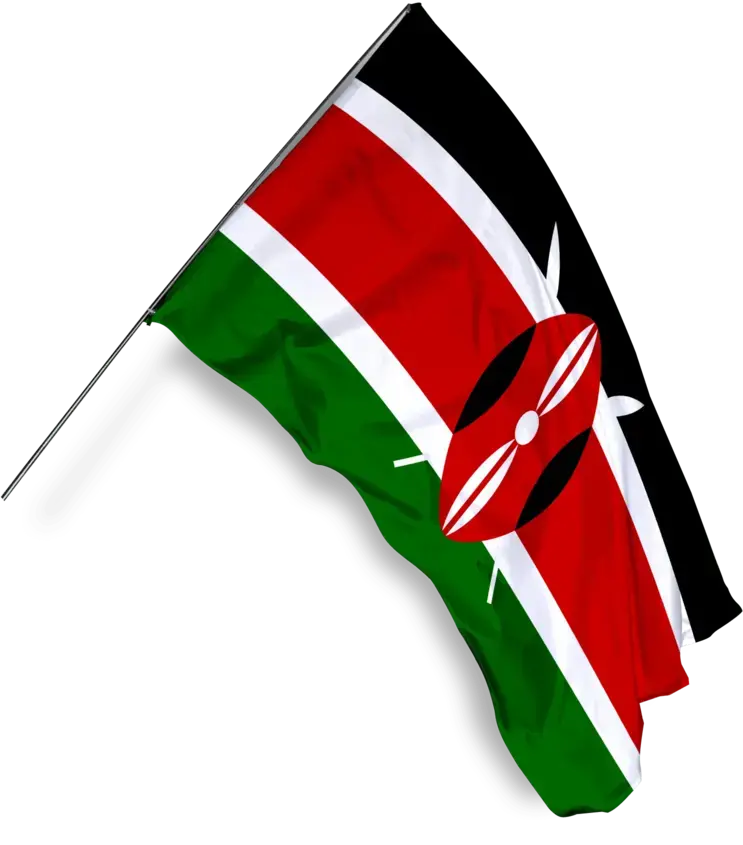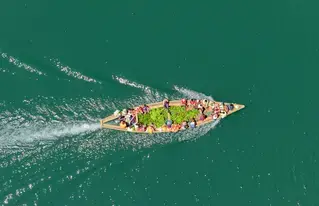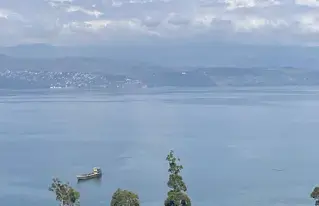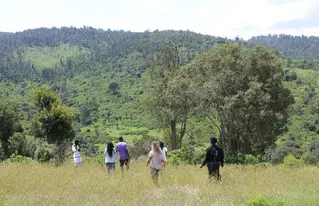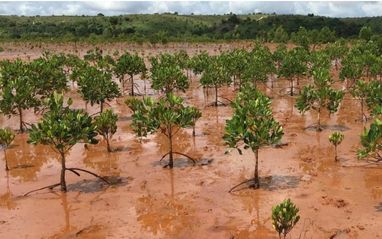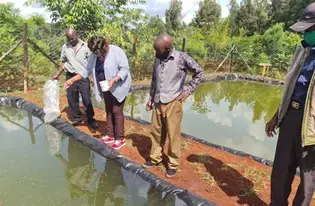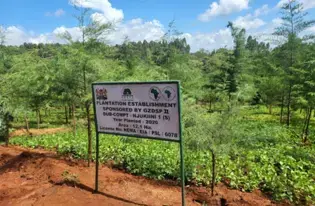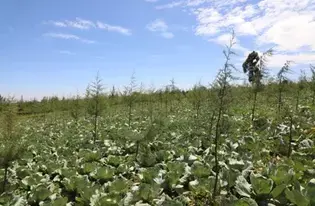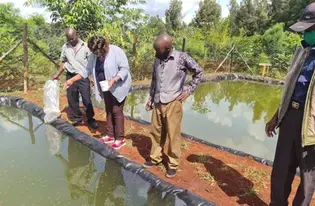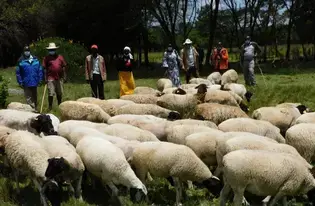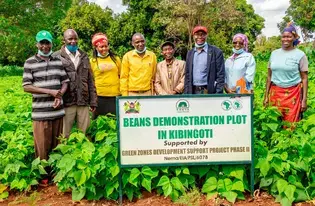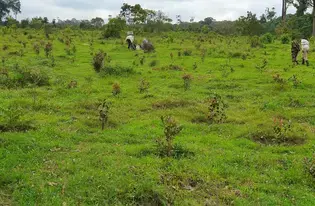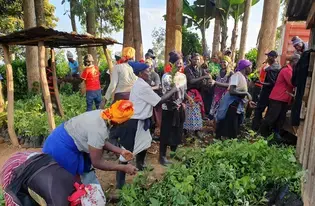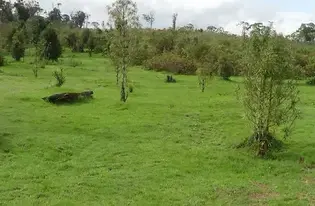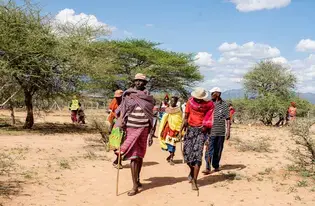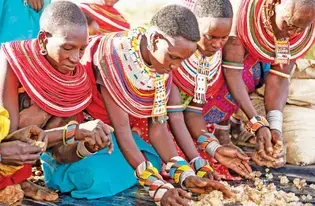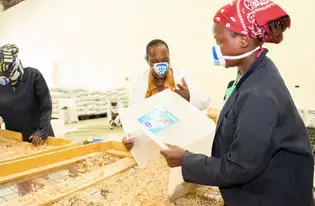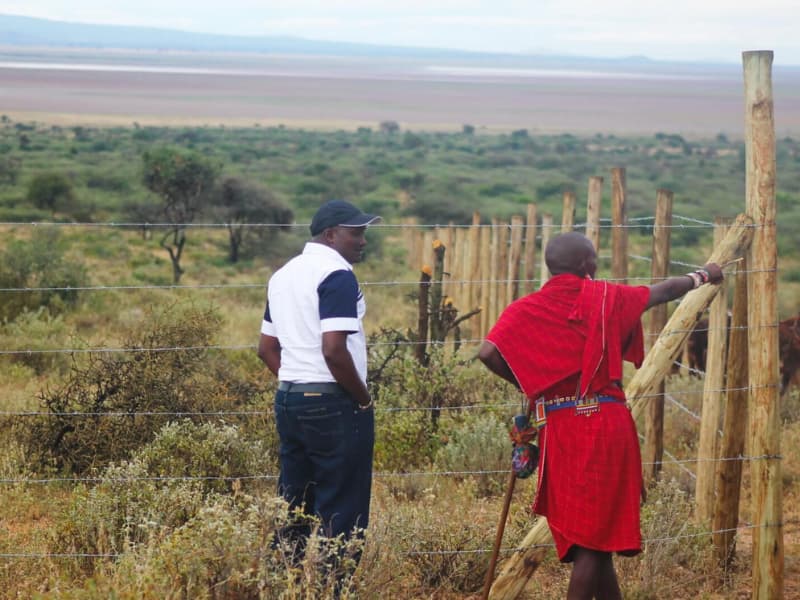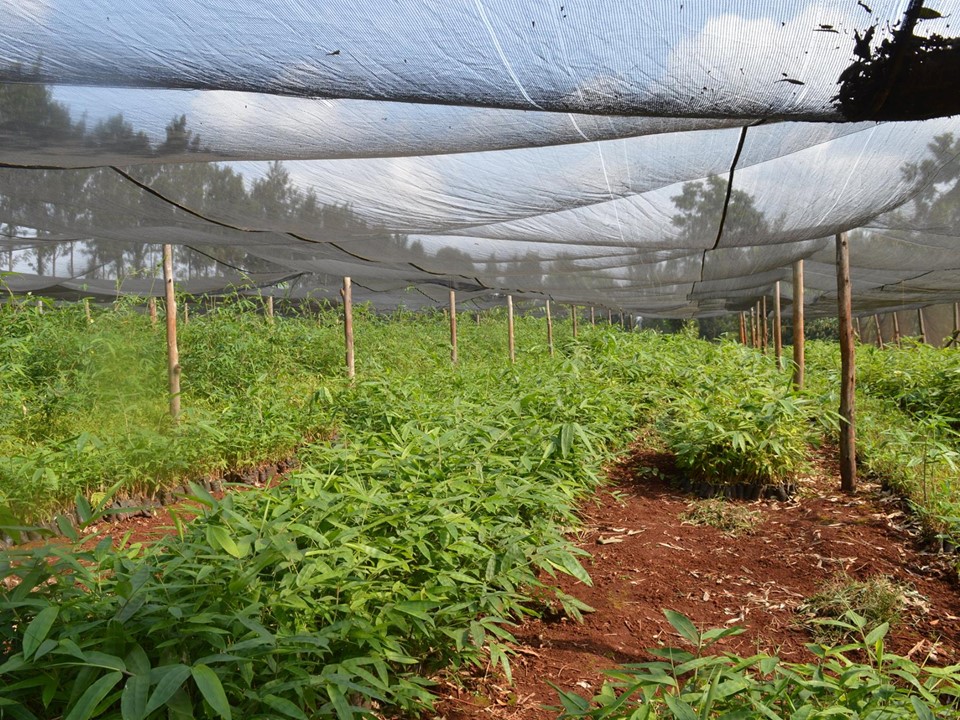Kenya
May 2023
Latest Updates of Kenya
Projects in Kenya
Projects in Kenya
Our Approach
Agroforestry
Using trees on farmland, either as the primary crop, intercropped with traditional food crops, or as boundary plantings and wind breaks.Rehabilitation of degraded natural forests
Restocking natural forest areas that have been degraded. These are areas with current forest cover that have been thinned to levels below what would occur naturally. This will be done through tree planting and assisted natural regeneration.
Rangeland restoration and management
Improving management and regeneration of rangelands for both wildlife use and pastoral grazing.Commercial tree plantations
Establishing tree plantations for commercial use in appropriate places, including the use of bamboo species.Tree buffers along water bodies
Establishing tree cover along the boundaries of streams, rivers, lakes, wetlands and reservoirs, through direct tree planting or assisted natural regeneration.Tree buffers along roadways and railways
Establishing tree cover along roads, highways, and railways, through direct tree planting or assisted natural regeneration.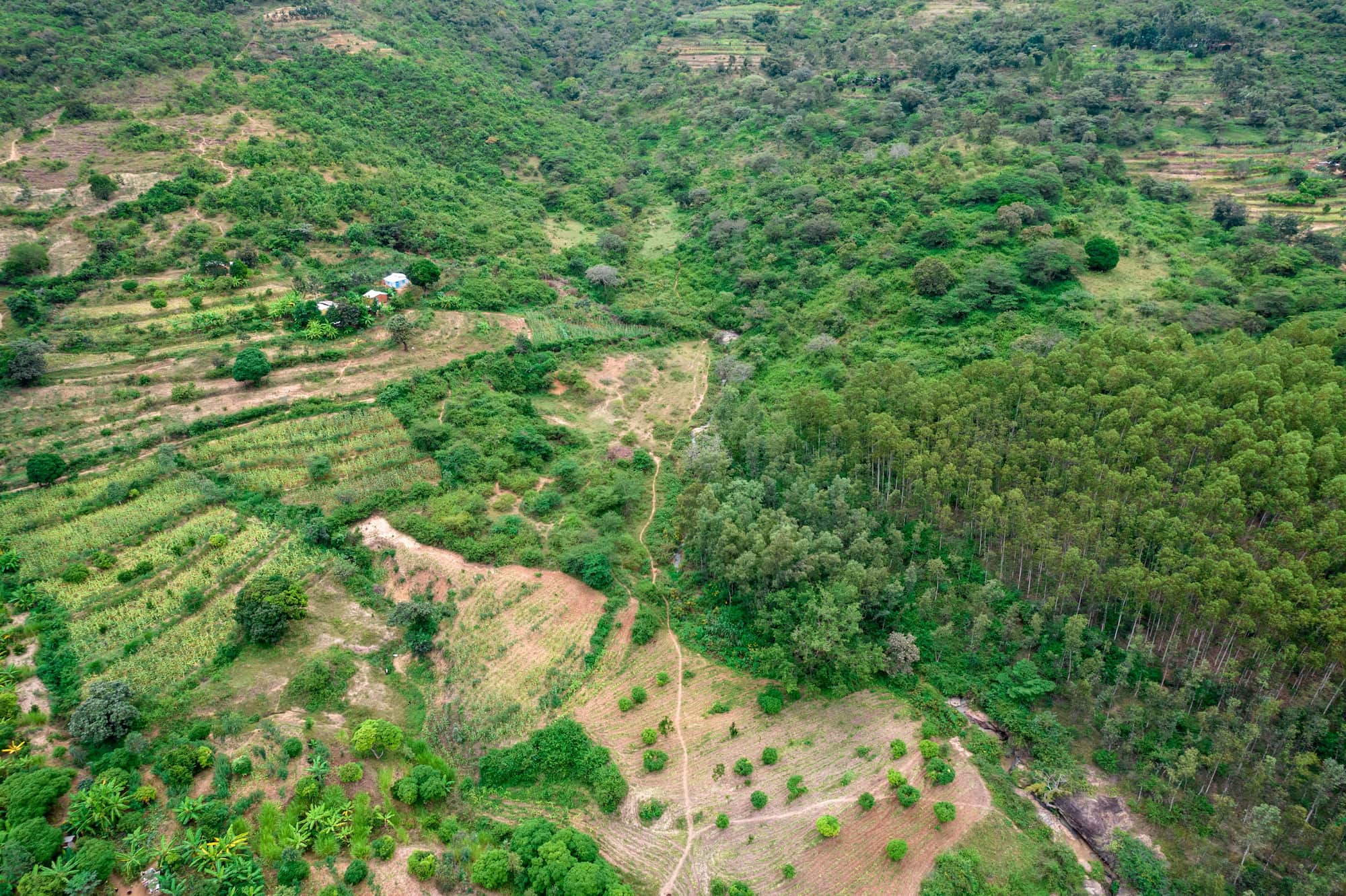
Steps to Success
Stakeholder involvement
Kenya has established a robust working group comprising of relevant government ministries/departments, universities, research institutions, civil organizations and private sector. Members of the working group advice on relevant policies and activities supportive of LDN and proceed to integrate LDN recommendation in ongoing policy related initiatives.
A coordinating mechanism/platform
To oversee the implementation of the LDN targets cross sectors and other entities a coordinating mechanism/ platform will be established to further develop a comprehensive tool for data assembly. The tool will be for use by key stakeholders working on LDN related programs and projects for ease of collecting data for reporting on LDN progress both locally and to the UNCCD. The working group will form the advisory team to the coordinating team.
Land restoration is not the sole responsibility of one agency or ministry, but the responsibility of all of us. Landscapes encompass vast areas and cut across political and social boundaries. Because of this, the County and National government, universities, NGOs, community groups, and the private sector will all need to be involved if we are to reverse the direction of ecosystem degradation and live in a more verdant and productive world.
Capacity building
For LDN to be mainstreamed into existing national land use policies, programs and administration systems there is need to support and promote the development of expertise in government agencies, the private sector and civil society organizations in LDN strategies through targeted short- and long-term courses and awareness creation.
Partnership
Partnerships in LDN, is key in order to achieve sustained commitment to move forward together and reach a higher common objective. Non-state actors have the advantage of being more independent of political pressures and partnering with government they are well 32 positioned to play an important role in LDN agenda setting, policy development processes and implementation of initiatives.
Key Milestones
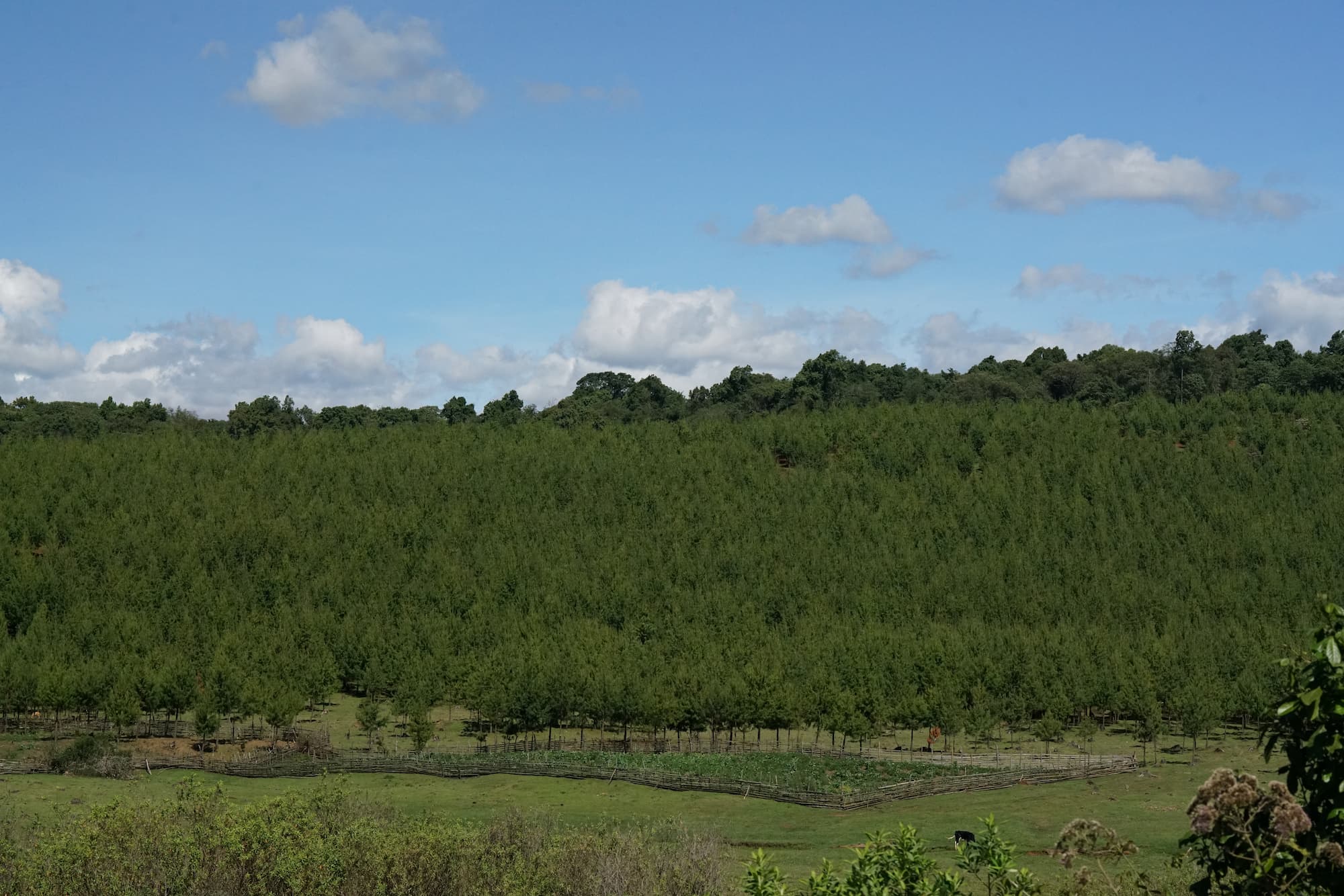


Our Vision
Kenya aims to achieve a balance between anticipated land degradation (losses) and planned positive actions (gains), in order to achieve, at least, a position of no net loss of healthy and productive land by 2030.
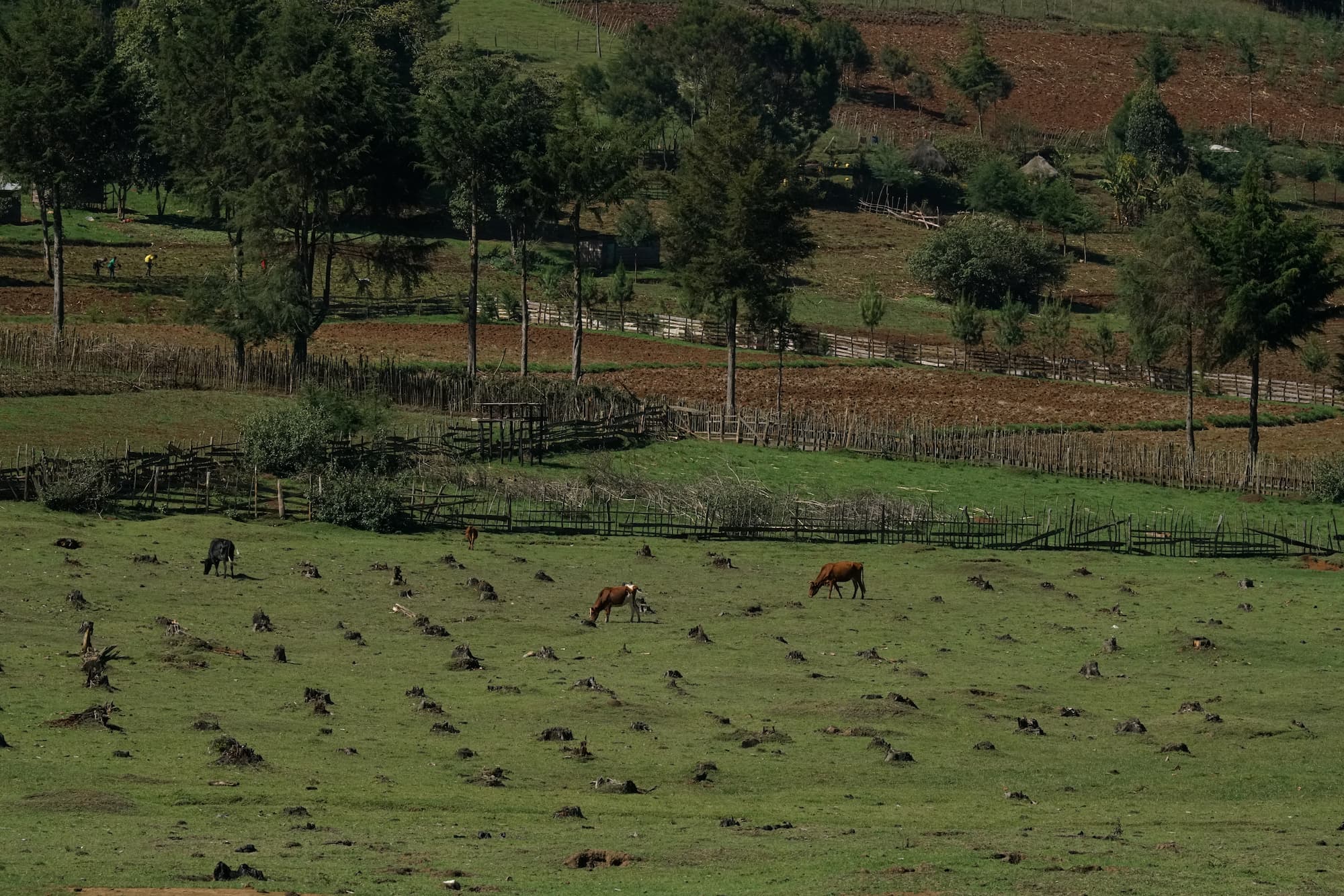
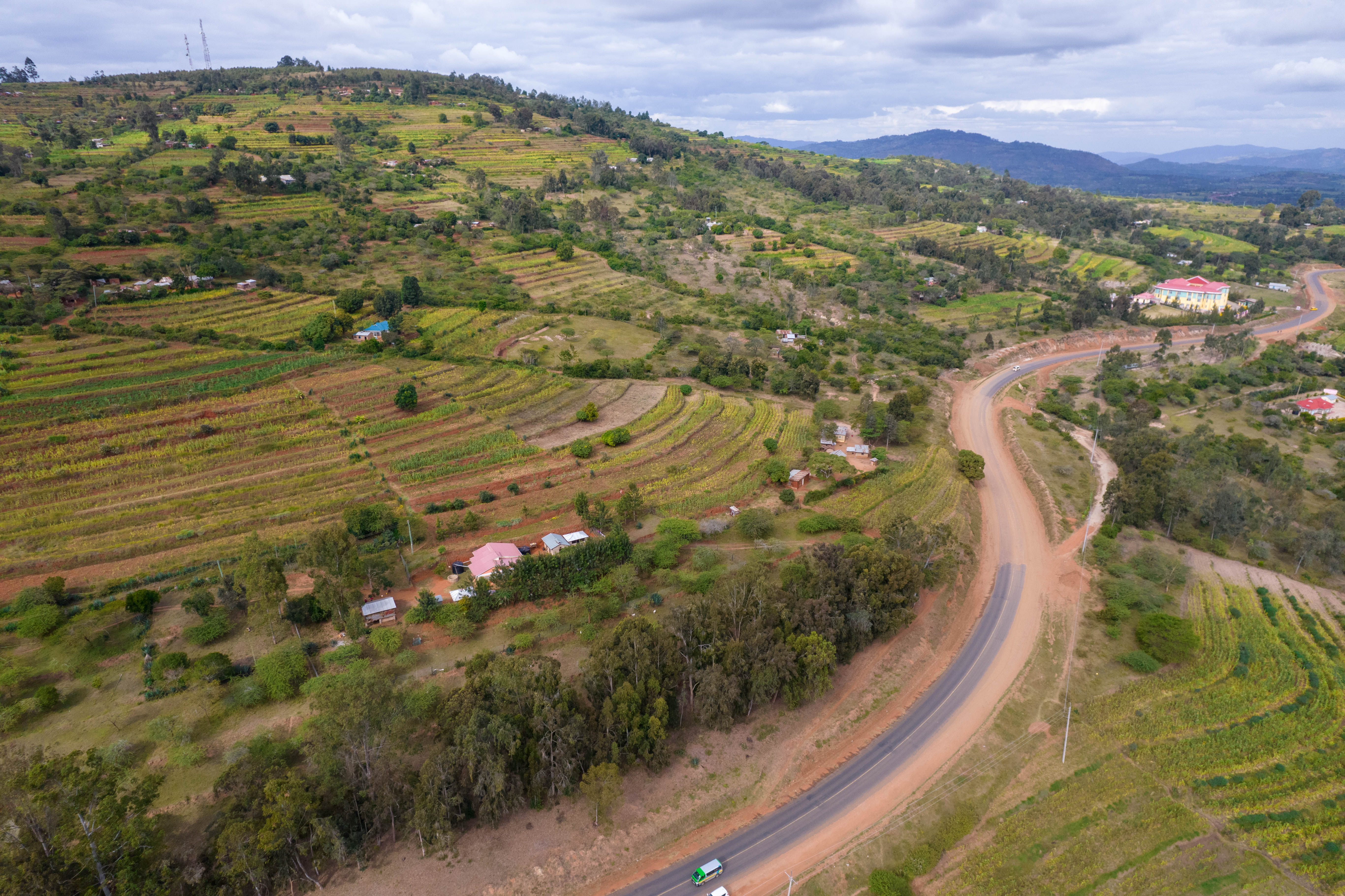

Makueni County's Restoration Journey
Resources
in Kenya

